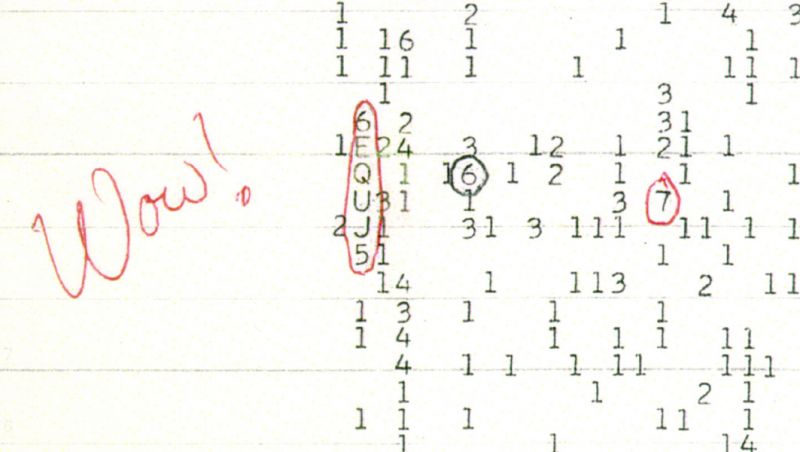
Planetary Picture of the Day
Week of December 30, 2024
Happy New Year! Enjoy this week's collection of beautiful worlds, distant nebulae, and even a stunning aurora here on Earth.
Monday, 30 December 2024
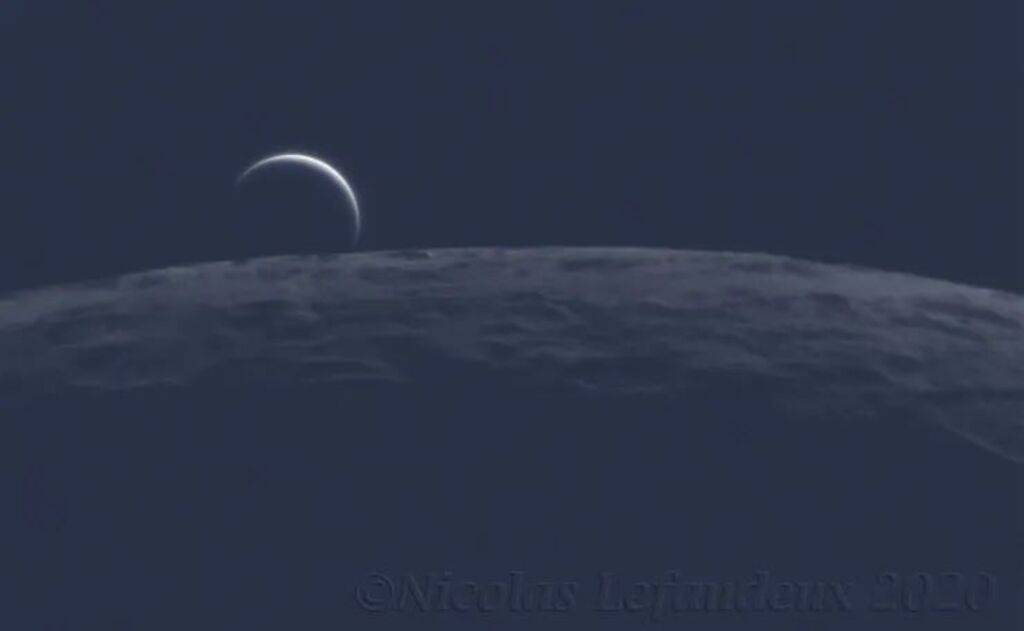
Venus Setting
Venus setting behind the Moon as seen from Earth. This wonderful perspective is reminiscent of the iconic images of the planet Earth captured by the Apollo astronauts. Taken on June 19, 2020, as the crescent moon was about to occult the planet Venus. This is the winning photo in the "Our Moon" category in the 2021 Astronomy Photographer of the Year competition, taken by Nicolas Lefaudeux from Forges-les-Bains, Île-de-France, France.
Tuesday, 31 December 2024
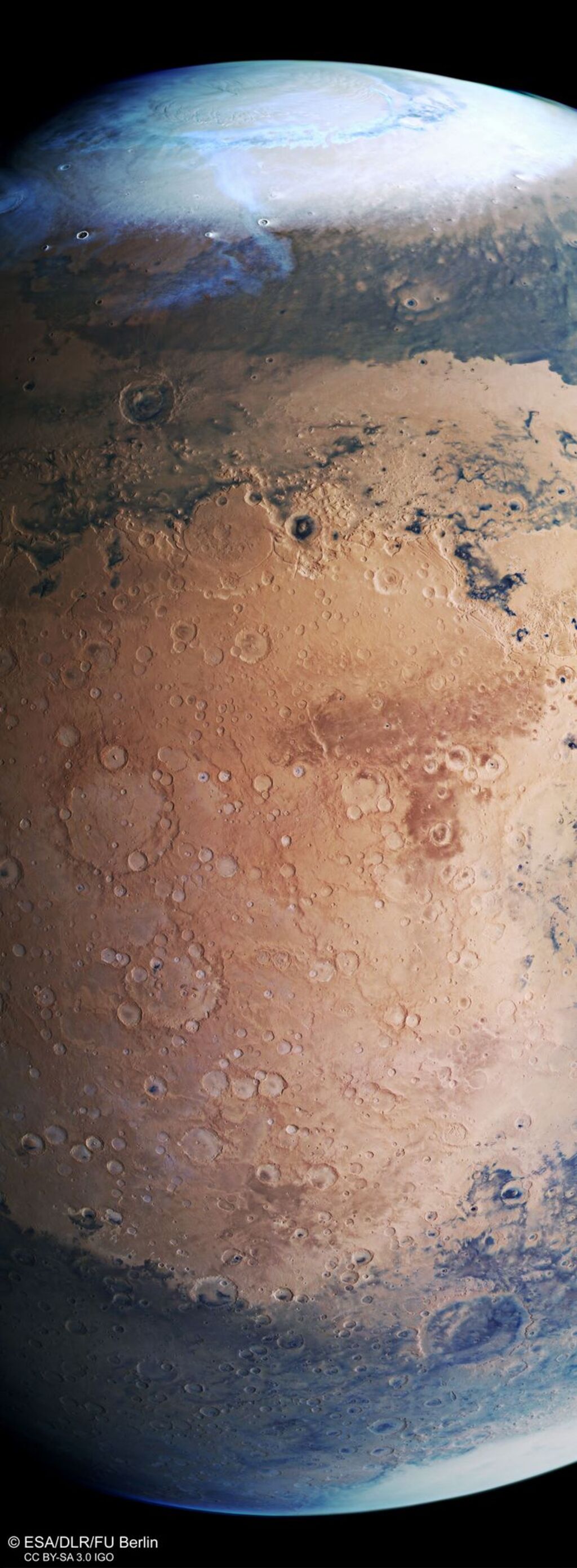
Mars Express view of Terra Sabaea and Arabia Terra
This image from ESA’s Mars Express shows a beautiful slice of the red planet from the northern polar cap downwards, and highlights cratered, pockmarked swathes of the Terra Sabaea and Arabia Terra regions. It comprises data gathered on 17 June 2019 during orbit 19550. The ground resolution at the center of the image is approximately 1 km/pixel, and the images are centered at about 44°E/26°N. This image was created using data from the nadir and color channels of the High-Resolution Stereo Camera. The nadir channel is aligned perpendicular to the surface of Mars as if looking straight down at the surface. North is up.
Wednesday, 1 January 2024
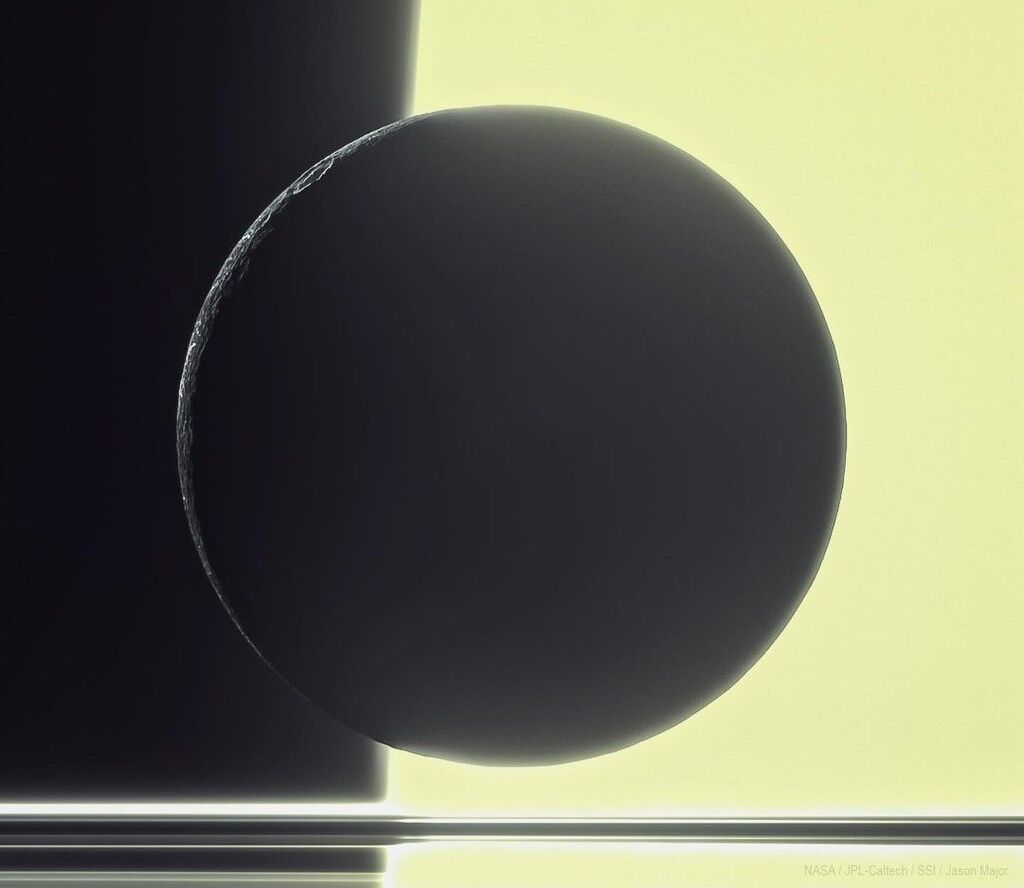
Dione
This is the silhouette of the 1,122-km-wide moon Dione in front of Saturn: a view captured with NASA's Cassini spacecraft just over 14 years ago on December 20, 2010. Synthesized color from a single clear-filter greyscale image.
Thursday, 2 January 2024
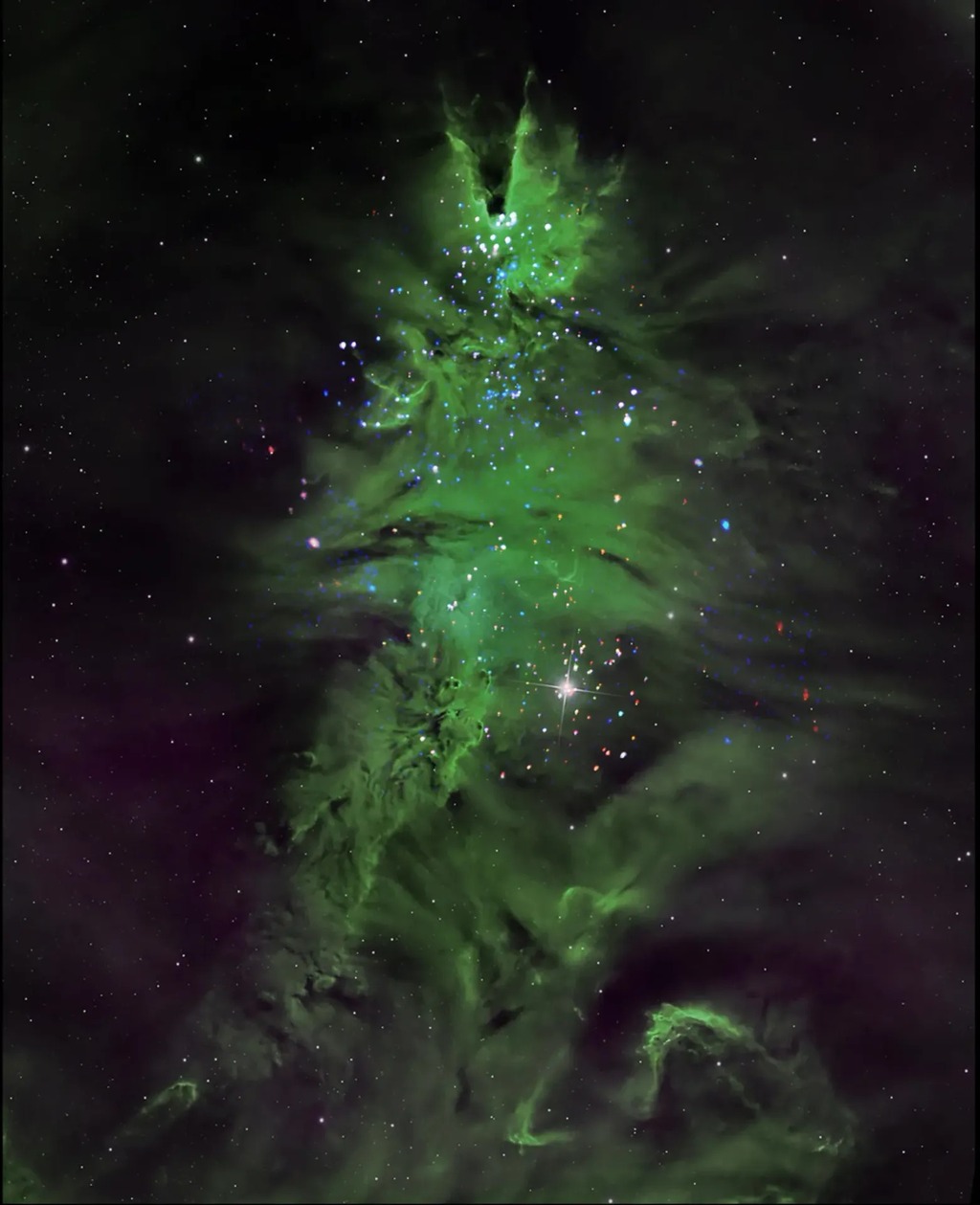
Hang a Shining Star Upon the Highest Bough
This new view of the “Christmas tree cluster” NGC 2264, released on Dec. 17, 2024, combines data from NASA’s Chandra X-ray Observatory and optical data from astrophotographer Michael Clow’s telescope in Arizona. Chandra data is represented in red, purple, blue, and white, while optical data is in green and violet.
Located about 2,500 light-years from Earth, NGC 2264 is a cluster of young stars between one and five million years old. The stars are seen here as blue and white lights surrounded by swirls of gas—the “pine needles” of the tree—with green representing light in the visible spectrum.
Friday, 3 January 2024
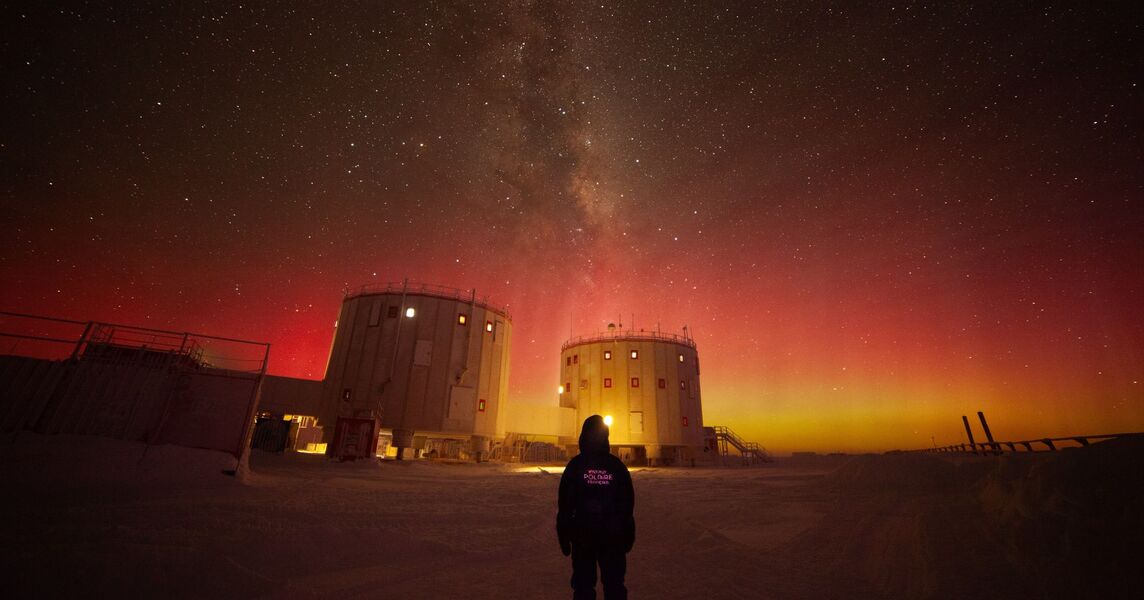
Aurora Australis in Antarctica
A mesmerizing display of Aurora Australis (southern lights) glows over the Concordia research station in Antarctica, with yellow hues shimmering near the horizon and red lights stretching upwards into the vast polar sky.
Standing beneath this incredible natural phenomenon is Jessica Studer, the ESA-sponsored medical doctor for Concordia's 2024 winter-over. Jessica lived with a small team in complete isolation during the harsh Antarctic winter, where the Sun doesn't rise for four months and temperatures plunge as low as –85°C.
The aurorae visible here were captured in May 2024.



